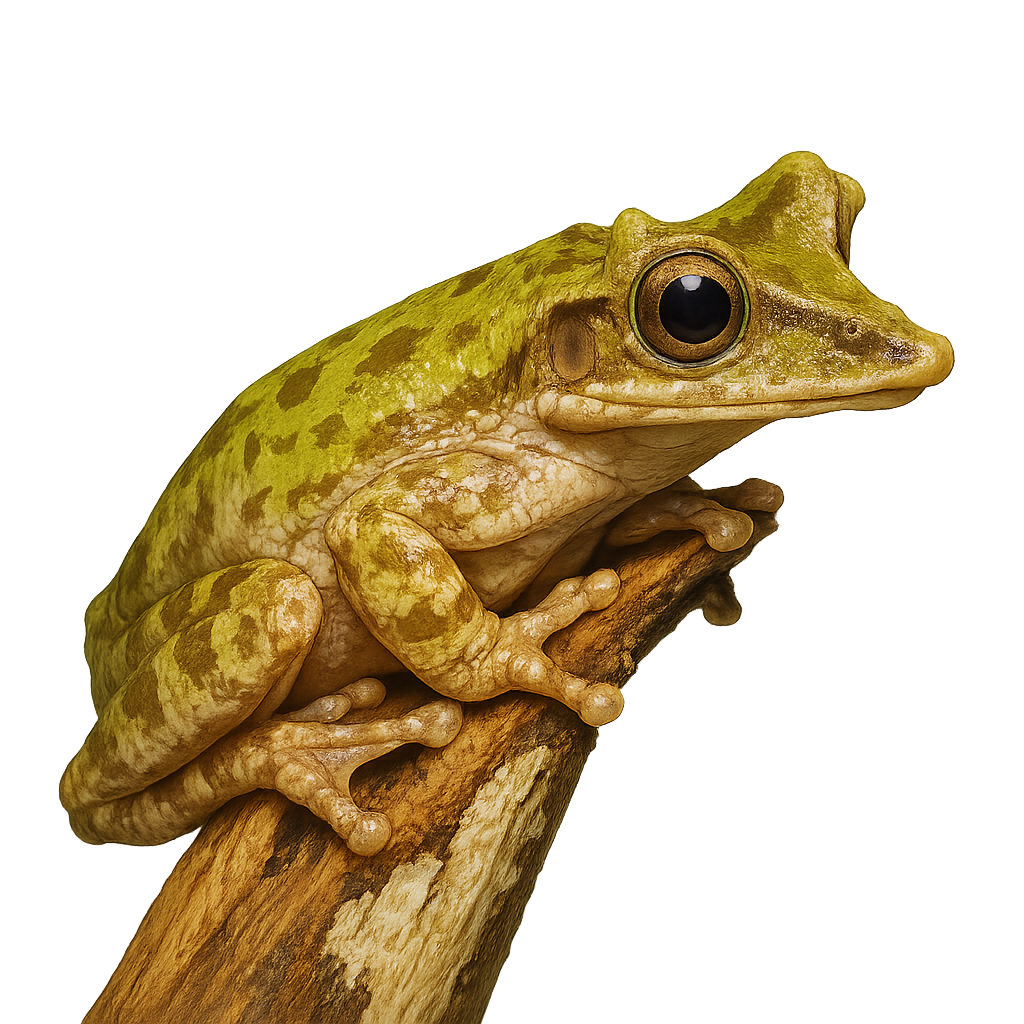Your wildlife photography guide.
Explore the helmeted tree frog in detail, study its behavior, prepare your shots.
Where to observe and photograph the helmeted tree frog in the wild
Learn where and when to spot the helmeted tree frog in the wild, how to identify the species based on distinctive features, and what natural environments it inhabits. The WildlifePhotographer app offers tailored photography tips that reflect the helmeted tree frog’s behavior, helping you capture better wildlife images. Explore the full species profile for key information including description, habitat, active periods, and approach techniques.
Helmeted tree frog
Scientific name: Triprion petasatus

IUCN Status: Least Concern
Family: HYLIDAE
Group: Amphibians
Sensitivity to human approach: Somewhat shy
Minimum approach distance: 4 m
Reproduction period: June to September
Incubation: 15-20 jours
Births: June to September
Habitat:
Humid tropical forests, canopy, areas near water
Activity period :
Mainly active at night, generally discreet during the day.
Identification and description:
The Helmeted Tree Frog is a fascinating amphibian species, known for the distinctive helmet-like protuberance on its head. This protuberance, resembling a helmet, helps it camouflage among the leaves and branches of trees in the humid tropical forests. It is mainly found in the forests of Costa Rica, Panama, and Nicaragua. It is nocturnal and terrestrial, spending much of its time in the canopy near streams where it lays its eggs. This frog is rather discreet and often hides in dense vegetation to avoid predators.
Recommended lens:
Macro – adjust based on distance, desired framing (portrait or habitat), and approach conditions.
Photography tips:
Photograph the Helmeted Tree Frog using soft, diffused lighting, preferably at night, to highlight its colors and unique protuberance. Use a macro lens to capture the details of its skin and helmet. Take discreet photos without disturbing its natural environment, and capture it in its resting or moving behavior within dense vegetation.
The WildlifePhotographer App is coming soon!
Be the first to explore the best nature spots, track rutting seasons, log your observations, and observe more wildlife.
Already 1 431 wildlife lovers subscribed worldwide

